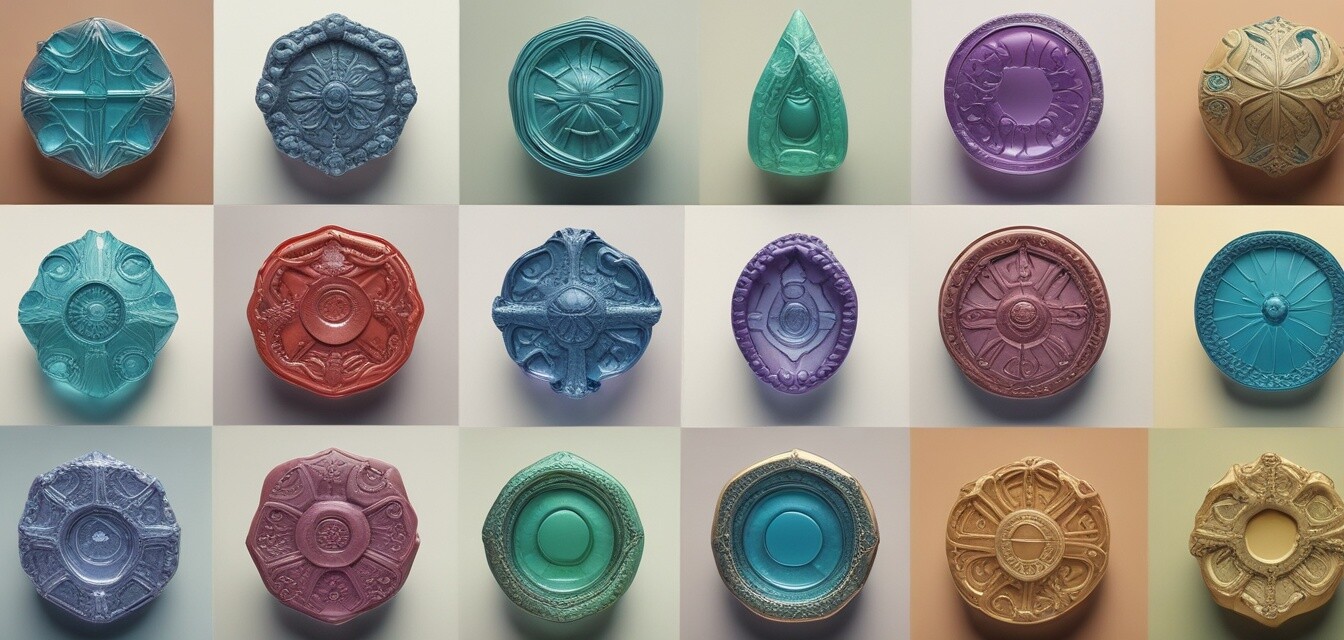
Exploring Cultural Influences in Glass Mold Designs
Key Takeaways
- Cultural influences play a vital role in shaping glass mold designs.
- Global aesthetics enhance the creativity and variety within glass art.
- Understanding cultural origins can inspire unique artistic expressions in glass molding.
Glass art is a fascinating blend of science and creativity. Among the various aspects of this craft, mold design stands out as one of the most exhilarating, showcasing traditional techniques alongside contemporary interpretations. In this article, we will explore how different cultures influence glass mold designs, showcasing global techniques and diverse aesthetics. This guide is ideal for artists looking to expand their creativity and enrich their work with cultural significance.
The Importance of Cultural Influences
Cultural elements have always played a crucial role in art. They serve not only as inspiration but also as methods and techniques essential for the creation process. Throughout the history of glass making, artisans have drawn upon their cultural backgrounds to innovate and create stunning designs.
Understanding Cultural Heritage
Many cultures possess rich histories associated with glass-making. By understanding these historical contexts, contemporary glass artists can better appreciate the significance of certain styles or methodologies. Here are some cultures renowned for their historical contributions to glass art:
| Culture | Notable Contributions | Influential Styles |
|---|---|---|
| Egyptian | Development of glass beads and intricate decorative pieces | Traditional patterns, vibrant colors |
| Italian | Murano glass production, intricate techniques | Filigree, cane glass, elaborate shapes |
| Japanese | Utilization of natural light through glass aesthetics | Minimalism, simplicity, traditional patterns |
| Middle Eastern | Innovative designs, diverse usage of glass in architecture | Geometric patterns, vibrant colors |
Global Techniques and Their Relevance to Mold Design
To better understand the global influences in glass mold designs, we look at several notable techniques drawn from a variety of cultural backgrounds:
Glass Molding Techniques
- Fusing: This technique involves melting glass pieces together, commonly found in contemporary American glass art.
- Blowing: Originating from ancient techniques, glass blowing remains prevalent in regions like Venice, where artisans create vessels and sculpture.
- Slumping: A method that shapes glass into molds by heating it effectively, seen in Japanese approaches where functionality meets art.
- Casting: This involves pouring molten glass into molds, a method used to create large sculptures in both ancient and modern contexts.
Regional Patterns and Aesthetic Choices
Just as techniques vary, so too do the aesthetic choices of different regions. Here’s a look at specific styles:
| Region | Aesthetic Influence | Characteristics |
|---|---|---|
| Scandinavian | Natural landscapes | Cool colors, organic shapes |
| African | Cultural motifs and symbolism | Bold colors, geometric shapes, textured surfaces |
| Asian | Nature and spirituality | Delicate patterns, fluid forms, emphasis on harmony |
Bringing Cultural Influence to Your Work
For glass artists looking to incorporate cultural influences into their work, consider the following tips:
Tips for Artists
- Research various cultural motifs and symbolism relevant to your heritage or interests.
- Experiment with different molding techniques utilized across cultures.
- Seek inspiration from traditional patterns and contemporary adaptations.
- Attend workshops or events that celebrate global glass art.
Conclusion
Exploring different cultural influences in glass mold designs adds depth and richness to your artistry. By embracing these diverse styles and techniques, you can create pieces steeped in global significance. Understanding the historical and aesthetic implications behind various designs not only enhances your craft but also connects you to a broader artistic community.
For further exploration of glass making supplies, be sure to check out our sections on Glass Molds and Fusing and Slumping Supplies. Discover how to incorporate unique designs into your art today!

